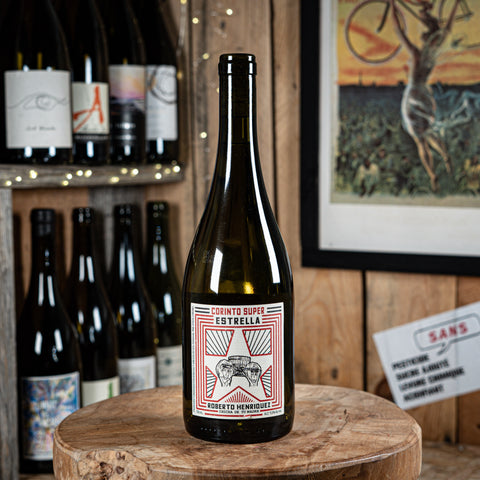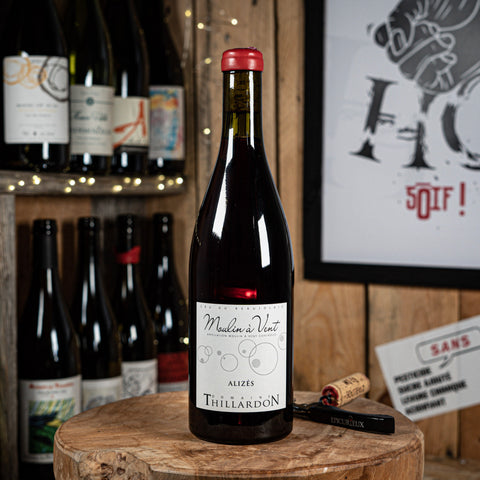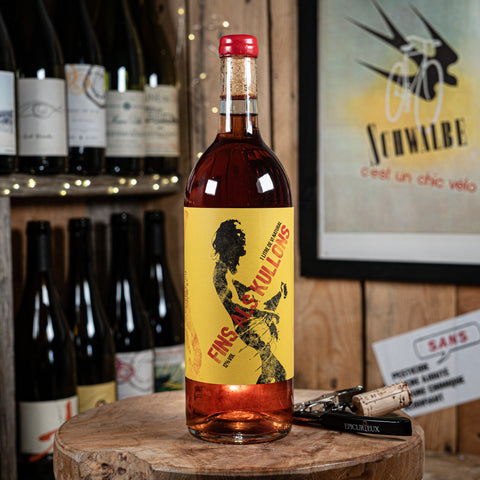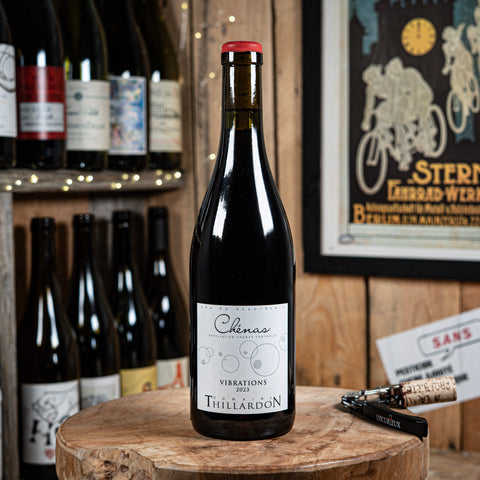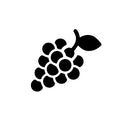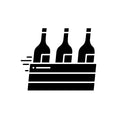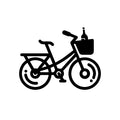3 products

Héléana, André-Jean Morin, and their wines
Poulsard, Trousseau, Pinot Noir, Savagnin, Chardonnay? Did you guess? Here we are on the most beautiful soils of Arbois and its surroundings, and more precisely at the Domaine de la Touraize. This family business, run by Héléana and André-Jean Morin, has been established for 8 generations now. Fan of the Jura, you are going to love it.
A family know-how for the Domaine de la Touraize
Etienne Morin's death certificate mentions “winemaker by profession”, and this one dates from 1704. Today, it is André-Jean Morin and his wife, Héléana, who are in charge of the Domaine de la Touraize.
Before becoming an independent estate, the Domaine de la Touraize went through the cooperative. It was in 1922 after the loss of a few vines on the estate, and the lack of means, that the Morin family decided to stop winemaking and join the Arbois wine cooperative. At the time, there were 8 hectares of vines to cultivate, Marius, André-Jean's grandfather, sold a large part of it. Thereafter, the father of André-Jean Morin takes over, and himself arrives in the family business in 1985.
The change took place in 2009 when he decided to leave the cooperative and therefore take over the basic activity of the Touraize estate, making Arbois wine. Thus, the Touraize estate is reborn thanks to André-Jean Morin and his wife Héléana. For the record, the name Touraize comes from a locality that has belonged to the Morin family since 1704. And it is also in this locality that André-Jean's father started the winemaking profession.
On the most beautiful soils of the Jura, in Arbois, the Domaine de la Touraize exults today and produces exceptional wines with the most mythical grape varieties of the region.
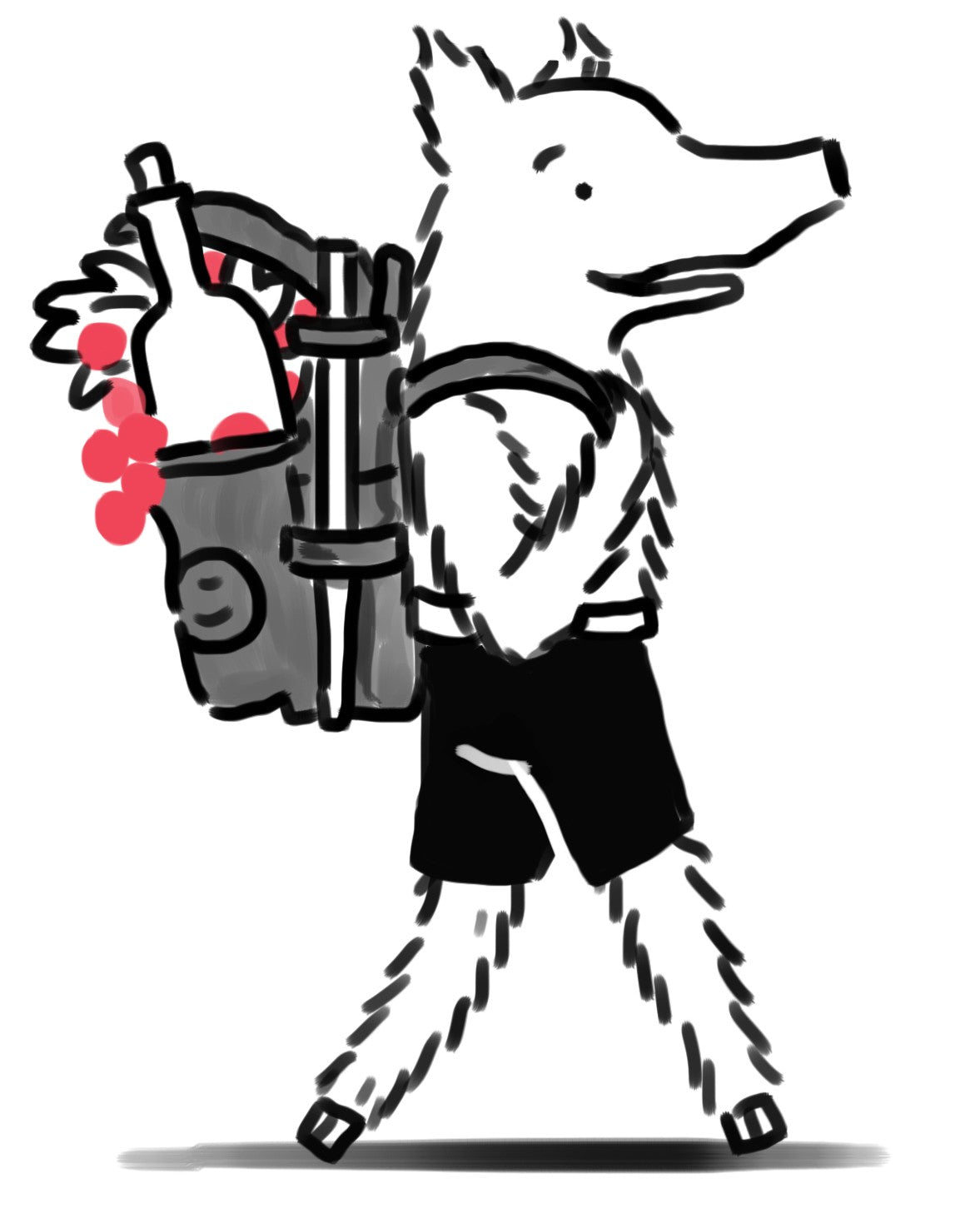
The natural wines of the Jura
Today, André-Jean Morin and his wife Héléana, cultivate 10 hectares of vines, all conducted in organic and biodynamic farming. They were certified in 2020 for biodynamics. They want to be the most respectful of the environment, to maintain biodiversity, preserve soil, water, air and human health. André-Jean and Héléana Morin listen to their soils, they observe to better understand them. For them, and as for many natural winegrowers, wine is first made in the vineyard. A healthy vine is a clean grape, so this is the true definition of a soil wine. To produce soil wines, wines that have a story to tell, you have to let the nature speak and for that you have to pamper it. A rigorous task but one that pays off, the wines of the Domaine de la Touraize are extremely accurate.
All the vines of the Domaine de la Touraize, certified organic and biodynamic, are maintained manually and mechanically throughout the year. Between the rows of vines, plowing with a plow is preferred, mechanical digging is used on steeply sloping plots. These techniques are used to control the plants that are naturally present, and to energize all this biodiversity in the vine. Natural preparations are also practiced to avoid diseases. The harvest is done manually. Depending on the wine, the grapes go into vinification de-stemmed with or without crushing, vatting is done by gravity.
The fermentations are done in a natural way thanks to the indigenous yeasts, from this moment the wine takes on complexity and richness. There is no chaptalisation or input at this stage of vinification. The wines of the Domaine de la Touraize are first vinified in stainless steel vats and then in wood.
For the whites, the wines will remain on their lees during aging, ie 9 to 24 months in tuns. The reds are aged in tuns or vats, and will perhaps have one or two rackings. There is no fining or filtration at the time of bottling, and these are carried out according to the lunar calendar .
Wines from the Touraize estate
André-Jean and Héléana Morin produce several bottles in natural red wine and natural white wine from the Jura.
Including the Arbois Chardonnay Les Voisines 2020 bottle. This 100% Chardonnay comes from 3 different soils: blue marl, gravel on marl and limestone. This bottle is aged for two winters on fine lees undergrowth with regular topping up during this period.
They also made a vintage of Crémant du Jura 2019. This 100% Chardonnay sparkling wine comes from a soil of silty marl, the age of the vine is 30 years. There is a pneumatic pressing in whole bunches, the fermentations are done in vats. Aging lasts 8 months on fine lees in vats.
Another bottle that makes sense, the Arbois Les Moulins 2020 (also available in magnum). From a rich gravel soil on marl, with a south-west exposure on a hillside at an altitude of 350m. This Chardonnay (⅔) and Savagnin (⅓) undergoes whole bunch pressing, static settling, fermentation is done with the two juices. Fermentation is like the others, natural. And it is aged for 18 months on fine lees in wood, with regular topping up throughout. A floral cuvée as we like, fresh and digestible, elegant, it offers a nice balance between the two Jura grape varieties. A palate full of complexity and tension thanks to the Savagnin. To taste.
100% Savagnin bottle for Arbois Terres Bleues 2020. This bottle comes from a plot with blue marl soil, facing north-west and at an altitude of 300m. It was aged for 18 months on fine lees, in 28 hectoliter tuns. She underwent a weekly topping. Arbois Terres Bleues is revealed by an incredible tension, to test for fans of Savagnin.
An Arbois Savagnin Oxydatif Sous Voile 2018 do you know? 24 to 30 months of aging in 228 liter barrels, no topping up for this bottle. Installed in the attic to develop a flower on the surface of the wine (either by definition; “under veil”), a flower that protects the wine from excessively brutal oxidation but also the yeasts that compose it, in order to help them to regenerate naturally. During this fairly slow ageing, the yeasts will die, degrade and thus contribute to the complexity and olfactory richness of this oxidative Savagnin.
It's not just Chardonnay or Savagnin at Domaine de la Touraize, there are also natural red wines like the Trousseau Les Corvées 2020 bottle. Coming from a soil of gravel on marl, this 100% Trousseau was vinified in this way: destemming, crushing, vatting by gravity, natural fermentation. The cap is moistened several times a week (no punching down). The aging will last 2 winters in 30 hectoliter casks (blend of free run wine and press wine). Aerate it before serving will do it the greatest good.










